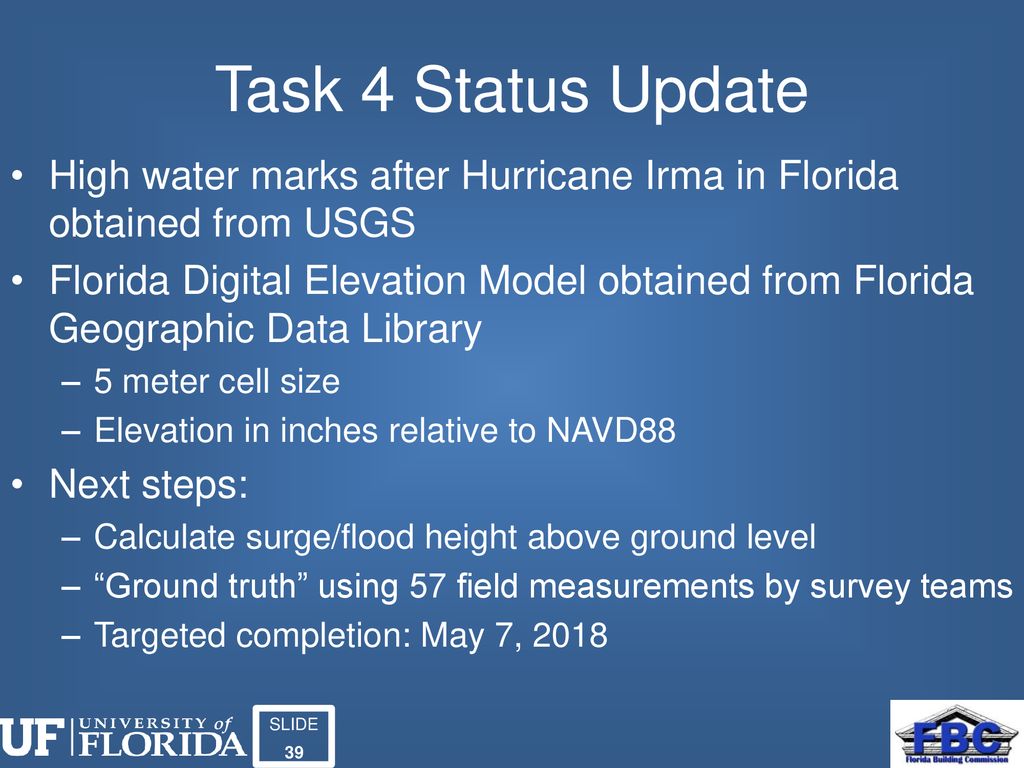

Regardless of the application, an important part of DTM computations is to produce the final output data in a suitable form for controlling the output device, whether it be a plotting table, an image scanner-printer, or a milling machine. (Doyle, 1978)ĭoyle, F. Again, density levels are assigned to each point dependent upon the aspect of the terrain with respect to the radar illumination.ĭTM data has been used to control milling machines which carve a three-dimensional plaster model for later production of plastic relief maps. The flight path of the aircraft and the scan pattern of the radar are described mathematically. A similar program is used to produce simulated radar scenes. The program output can then control a scanner-printer to make the final rendition. The program then assigns density levels at every point depending on the aspect of the terrain with respect to the direction of illumination. Programs have been developed to produce shaded relief by specifying the direction ofillumination and the reflection of the terrain. This program establishes the position and elevation of all obstructions within a specified distance of principal airports. It is also employed for monitoring stock piles, volume calculations in reservoirs, etc.Ī typical example is the minimum safe altitude warning system (MSAW). A number of highway departments now use this as a routine procedure. It was also employed by NASA to generate simulated views of the lunar surface for the Apollo crews, both during their descent trajectory and their travels in the Lunar Roving Vehicle.Īs indicated earlier, this was one of the first applications of DTM data.

Forest Service applies this technique to determine the effect of forest operations on the view from scenic highways. Techniques are available for eliminating areas in the DTM which would not be visible from the selected viewpoint. The perspective view is then generated by the intersection of lines from the DTM points to the perspective centre with a plane perpendicular to the viewing direction. This procedure has application to the determination of coverage patterns from ground radar or other tracking systems, to the placement of microwave transmission towers and similar problems.Ī perspective centre and direction of view can be defined mathematically in the same coordinate system as the DTM. Profiles can be obtained by intersecting the DTM with vertical planes. Profiles may be required for controlling orthophoto printing instruments, for transportation planning, for assuring adequate clearance of power lines, etc.

A principal problem with digital contouring is obtaining adequate cartographic expression, particularly for details like highway and railroad cuts and fills, overpasses, stream re-entrants, etc. A number of programs are currently available for producing contours. This can be done either by interpolation or by intersection of a horizontal plane with a mathematically defined surface. Below are the various applications of digital terrain models. In the most usual case, the spatial distribution is represented by an XY horizontal coordinate system and the terrain characteristic which is recorded is the terrain elevation, Z. Digital terrain model (DTM) is an ordered array of numbers that represents the spatial distribution of terrain characteristics.


 0 kommentar(er)
0 kommentar(er)
